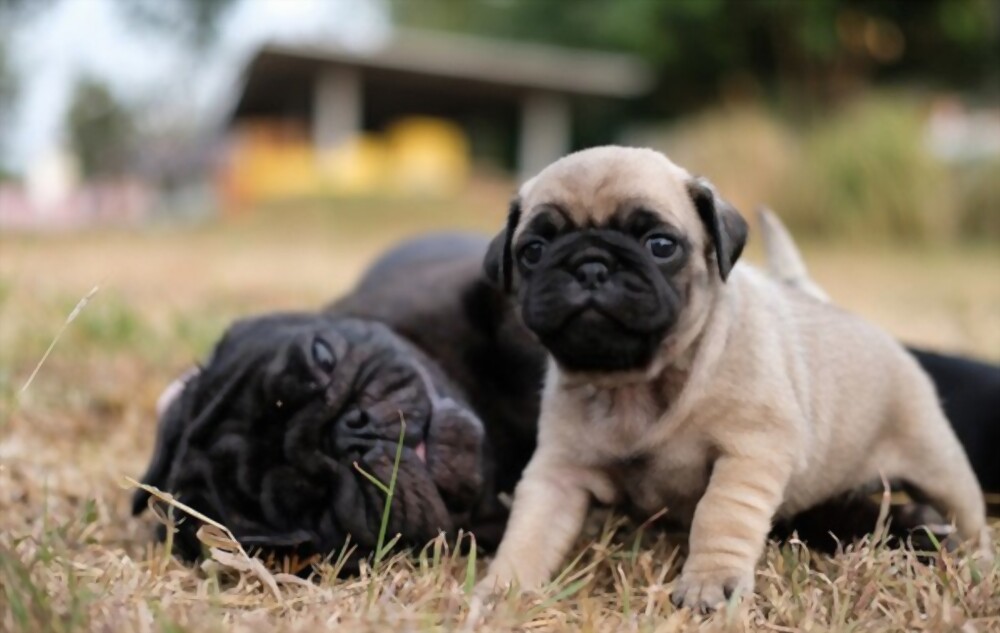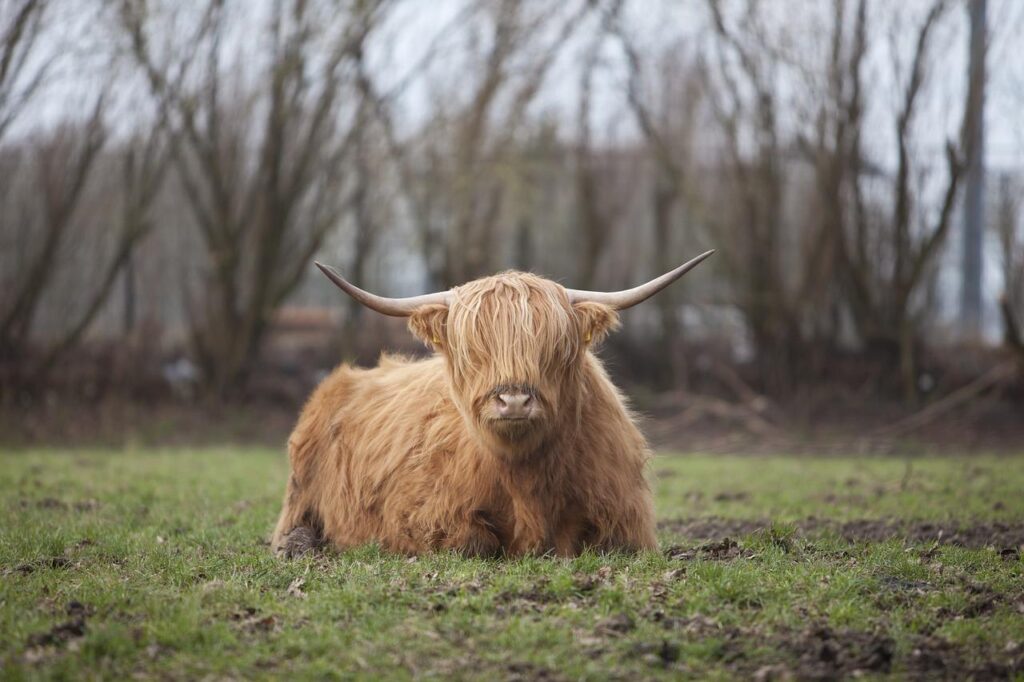Noble, intelligent, loyal, strong. These are the words most commonly used to describe the Italian mastiff, the cane corso. Corsos are large and strong and have been used as guard dogs, war dogs, large-game hunters and farm workers throughout their long history. They have been a popular breed for 25 years and are now the most popular dog breeds in the U.S.
The cane corso, in short, is a large dog that requires an attentive owner who is willing to spend a lot of training and socialization time.
These dogs are not recommended for beginners, but they make great companions. Melanie Vandewalle is the founder and president of the Must Love Corsos Rescue. They do require more management but they are so loyal and intelligent.
This is everything you need about the guard at the estate and the cane Corso.
The history of the cane corso
The history of the cane Corso dates back to ancient Rome and beyond. Experts believe that they are descended from the extinct Greek Molossus dogs. Later, they were bred with fighting dogs in England to become the Roman “pugnaces”, a breed of dog used for attacking wild animals. They were once part of the Roman legions that hunted boars and other prey and later guarded farms, flocks, and property.
After World War II, the Corso nearly died out. However, it experienced a revival in Italy in the 1970s and was introduced to the United States in the 1980s. In 2010, the American Kennel Club recognized the breed.
Their Latin name is “guard of the estate”, but Vandewalle and other Corso advocates believe it to mean “coursing dog”, which refers to the practice or pursuit of prey by sight, as opposed to scent.
Today’s cane Corso
The cane Corso, pronounced Kah-nay Corso, is a working dog who protects its family, regardless of its etymology.
Corsos can be described as mastiffs, large and powerful, intelligent, affectionate, and loyal to their owners.
Adult corsos are approximately 27 inches tall, weighing between 80-120 pounds, and have a square head and deep chest. Ask any Corso owner and you will hear a common theme: Vandewalle claims that her first corso, Menace, was a loving lap dog.
Paulina, the owner of Francesca (pictured below), calls Francesca her “the sweetest.”
Corsos are known for being aggressive and dangerous like many other powerful, hard-working, or tough-looking dogs such as pit bulls and Rottweilers. As with all these dogs, this reputation is not fair. Many of the dangerous corso stories are actually about irresponsible dog owners.
Cane feeding
Encourage healthy growth: If you have a cane Corso dog, remember that larger-breed dogs take longer to develop their musculoskeletal system. Some corsos will continue to grow until the age of two. It’s vital that they grow at a healthy pace, as too much growth can lead to obesity and orthopedic diseases. Do not give your puppy free feeding. Structure your puppy’s meals and give it a time limit. Feed your Cane Corso puppy a balanced amount of food three to four times a day until he is six months old. After that, you can switch to feeding him once or twice daily.
According to the American Temperament Test Society, cane corsos don’t score high on aggression scales but are actually very good at adjusting to unfamiliar situations. For context, 88% of the cane corsos that were tested passed the ATTS test compared to 85% for golden retrievers. Corsos will guard what they have been taught, protect what they have been taught, and act in destructive ways if they aren’t given guidance.
Although it might seem tempting to supplement growth, large-breed puppies need to be well fed. Large pups are more susceptible to serious health problems. You can keep your large-breed puppy’s health and growth in check by providing a balanced, nutritionally rich diet that includes the correct amount of protein, fiber, and carbohydrates.
Keep your Corso healthy: As with all giant breeds of dogs, it is vital to maintain a healthy weight.
Canine obesity can be more than an aesthetic problem. It’s also linked to a host of health problems, including cancer. Even if your dog is not overweight, it can increase the risk of getting a variety of diseases such as arthritis and diabetes. Weight maintenance is easy with a fresh-food plan that’s tailored to your dog’s specific needs and delivered in pre-portioned packets.
Similar to pit bulls and other aggressive breeds, the Corso’s reputation for being aggressive creates a negative feedback loop. People deliberately seek corsos out for their dangerous traits, mismanage corsos, or abuse them, which can encourage aggression.
The cane Corso personality
Each Corso, like every other creature under the sun, is unique. Vandewalle is the proud owner of three corsos, one who barks very rarely and one who alerts at all things. Vandewalle has one dog who loves frisbees and balls, while the other two dogs are completely uninterested.
Corsos are more likely to be easy-going when they have jobs to do, even if it is just daily training and skill practice.
Vandewalle insists that these dogs are family pets. They are loyal to their owners. They are guard dogs and will protect their home. However, that doesn’t mean they are aggressive.
Corsos can be socialized early and given the proper training and care. They are able to interact well with strangers, animals, and calm children.
Care for a cane Corso: What is it like?
Cane Corso require consistent, hands-on training. These dogs are not for beginners. You can’t just take them to a puppy manners class and then let them go. However, few dogs are like this.
Training, socialization, and exercise
Corsos are intelligent and require consistent training throughout their lives. Owners must be clear about what they expect. They will follow their instincts and disregard any outside guidance.
Socialization should begin at an early age and be continued throughout their lives. You should introduce your dog as many people, sounds, situations, and everyday objects as possible in a calm, controlled way.
Corso owners have a responsibility to their dogs to set clear expectations when training. This means setting boundaries as early as your puppyhood, or as soon as your adult dog arrives home. Regular exercise is essential, as well as mental stimulation. The average corso needs at most three walks per day, or some other exercise outside that lasts at least one hour. However, mileage will vary depending on your dog.
Mental stimulation, or “work,” is equally important for a corso’s health. Many Cane Corso breeders and trainers believe that it can drain energy even more than physical activity. Corso’s were raised to perform household tasks. They need regular tasks and clear boundaries. Otherwise, they can become destructive and unruly.
Vandewalle rescues dogs suffering from behavioral issues because they are one of the most common reasons for surrender. Even if you don’t own a farm, you can give your dog the mental and physical stimulation they need. You can give your dog lots of mental energy and fun by playing nose games. You can either make your own flirt pole or use a yard obstacle or agility course. Or you can buy one that is made from household items. You can get your corso to pull the sled if you live in an area with snowy winters. Use a harness that evenly distributes your weight.
Common cane corso health problems
Joint problems
Corsos, like many large dogs, are more at risk for joint problems. Extra weight can lead to arthritis and hip dysplasia, as well as elbow problems. These issues are common in the breed. It is important to provide a balanced diet that is healthy and well-balanced. Running, for example, can be too hard on your joints. Vandewalle suggests that corsos can make excellent hiking companions if they are mature adults with their growth plates closed. Avoid jumping from high places like sofas or hatchbacks. This can lead to spinal and joint injuries.
Bloat
Corsos can get bloat. This is a potentially fatal condition where the stomach fills up with gas and twists. Bloat is actually a combination of two conditions: gastric dilatation or volvulus. When the stomach fills up with gas, it causes gastric dilatation. When the stomach becomes full of gas, it can cause gastric dilatation or volvulus (GDV). This is when the stomach rotates and obstructs blood flow. You may experience drooling and retching as well as a swollen stomach, restlessness, hunching, restlessness, and labored breath.
Bloating in dogs or suspicions of bloat should be reported immediately to a veterinarian. Bloat risk factors include being older, having relatives with the condition, eating one large meal per day, and being overweight. Your corso should not eat too fast to prevent bloat. To prevent bloat, raised bowls were recommended in the past.
tube to let out air and fluid and surgery to return the stomach to its natural position.
A gastropexy is a procedure that your veterinarian might recommend to you if your dog is getting spay/neuter surgery. This surgery attaches the stomach to your body’s wall. It prevents gastric dilatation or volvulus. Talk to your veterinarian about whether this surgery is right for you.
Anxiety
Although they are not velcro dogs like vizslas or vizslas but cane corsos don’t like being separated from their families. Vandewalle states that corsos are often suffering from separation anxiety because of their family-oriented nature. If they aren’t taught how to spend their time alone, Vandewalle claims. She says that anxiety is the most common behavior problem she sees. “These dogs are not happy being left alone.” Crate training puppies is a smart idea. (Read more about crate training).
Recent research shows that they could actually increase the likelihood of bloat.
Gastric decompression is often required, usually with an esophageal.



